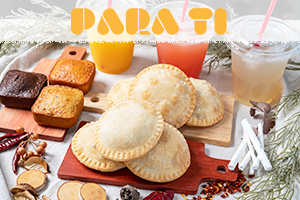Hinamatsuri; “Know more about the Japan Doll Festival
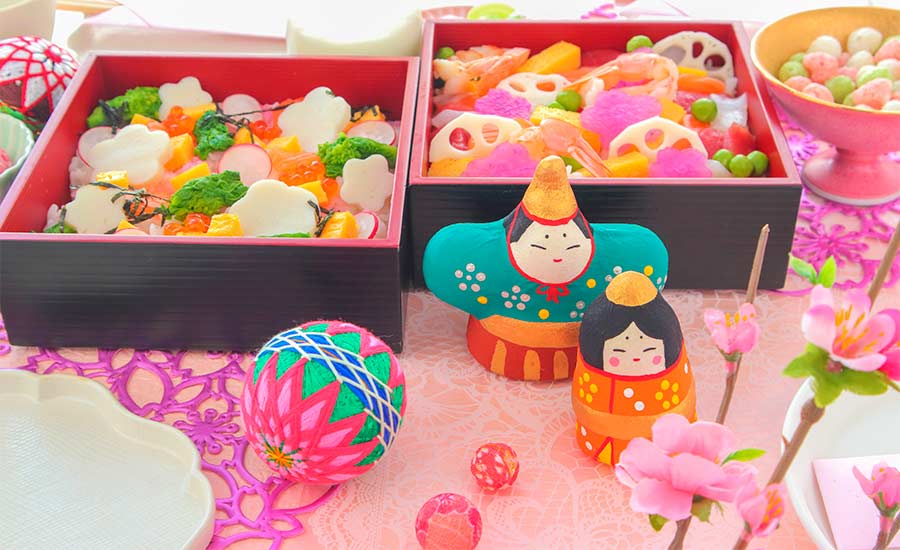
Written by D Armando
Translated by A. Osorio
5.5.2021 (Re:24.2.2022)
The Hinamatsuri, is the Festival of the Dolls, or also known as the Festival of the Girls, because it is dedicated especially to girls, looking forward to growth and a healthy life. It is celebrated every March 3 in Japan.
In this festival, several “ningyo” dolls dressed in traditional kimonos are exhibited and placed on different levels of a platform of up to 5 to 7 steps, covered with red cloth.
These dolls represent characters of the imperial court of the Heian Era arranged hierarchically and passed from generation to generation within the family. It is also usually decorated with peach blossoms since this festival is also known as Momo no Sekku.
2. Momo no Sekku “Peach Festival”
4. Hinaryori “Hinamatsuri dishes”
9. “Hinamatsuri” in their own way
1. Origin and Tradition
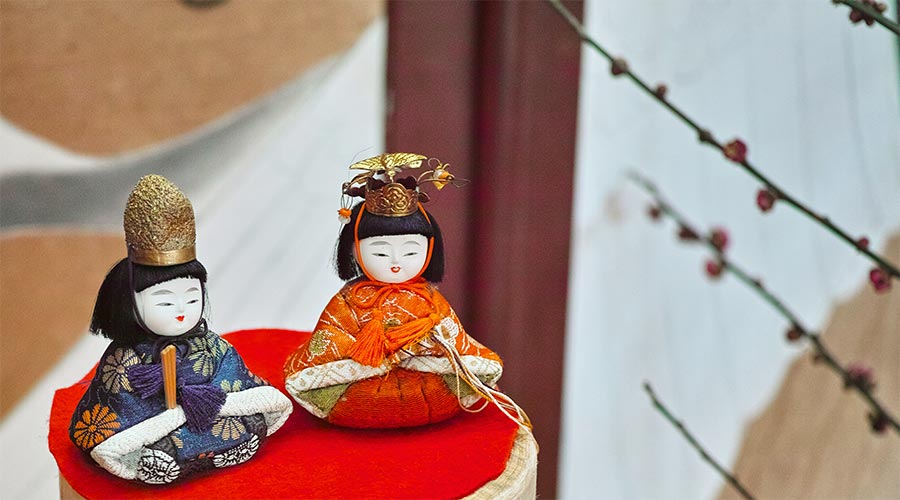
Hinamatsuri has changed with the times, as the “Joshi no Sekku” celebrated in China was introduced in Japan.
The “Joshi no Sekku” festival is one of the five ceremonies held each year, and it is an apotropaic ceremony, living the spring of March 3 of the lunar calendar and praying for a life free of disease.
The ceremony tries to pat the body with a human-shaped doll made of paper or grass, to transfer bad energies and then let it flow to the river or the sea. The “Nagashibina” still seen in some regions of Japan are said to be a remnant of this.
Originally, the “Joshi no Sekku” festival did not differentiate between boys and girls, but when it spread to samurai society, on March 3 it became a festival for girls (Hinamatsuri) and on May 5 a festival for children (Tango no Sekku).
2. Momo no Sekku “Peach Festival”
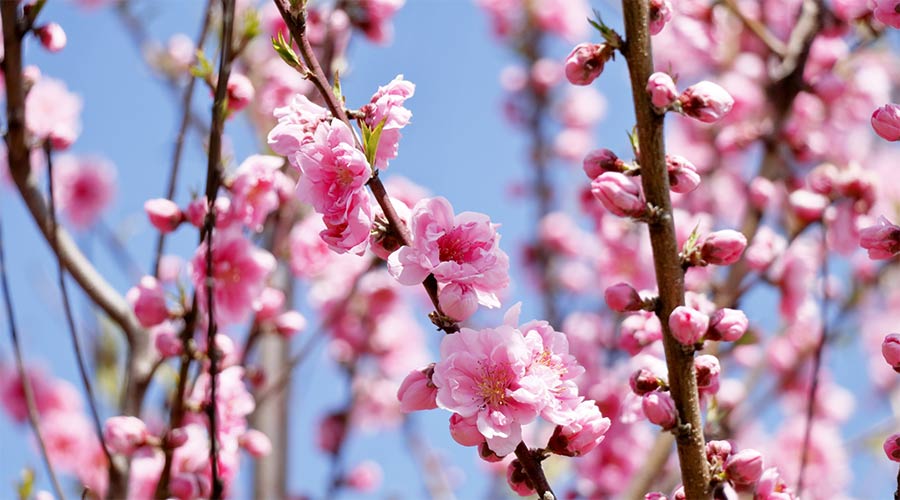 The Hinamatsuri also has other names, such as “Peach Festival” or “Yayoi Festival”. The peach blossom, which is one of the symbols of the Hinamatsuri, its flowering not only coincides with the time of the festival, but is also considered a symbol of longevity in China, and is said to have been used as a celebration flower Due to tradition they will take care of you if you put it at the door.
The Hinamatsuri also has other names, such as “Peach Festival” or “Yayoi Festival”. The peach blossom, which is one of the symbols of the Hinamatsuri, its flowering not only coincides with the time of the festival, but is also considered a symbol of longevity in China, and is said to have been used as a celebration flower Due to tradition they will take care of you if you put it at the door.
3. Hina Dolls
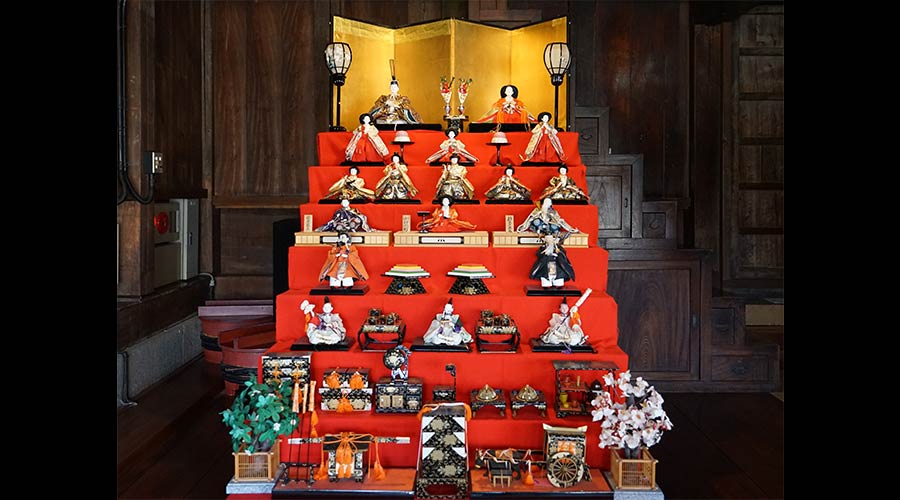
Hina dolls were one of the toys for girls in the Heian period, and it is said that girls from the aristocratic class of Kyoto played with a palace and decorations that mimicked the Imperial Palace (the Emperor’s Residence).
Furthermore, it was thought that these dolls could absorb evil spirits into their bodies, thus saving their owners from dangerous encounters. In this way, the custom became a ceremony known as hina nagashi in the Heian Period, in which the paper dolls were shipped in small boats down the river, taking evil spirits with them. The custom spread during the Edo Period, passing from generation to generation until what we know today as Hinamatsuri.
4. Hinaryori “Hinamatsuri dishes”
There are certain foods prepared for the Festival of the Dolls. They vary by region, but here are the most popular ones.
5. Clam soup
 From February to April clams are in season, in ancient times consuming seasonal food meant getting rid of evil and taking care of health.
From February to April clams are in season, in ancient times consuming seasonal food meant getting rid of evil and taking care of health.
They also used the shells for the girls’ game “kai-awase” from the Heian period, it is said that only the shells that were originally paired fit perfectly. Hence the wish for girls that in the future they will find their perfect orange stocking (shell) and be happy.
6. Hishimochi “Rice cake”
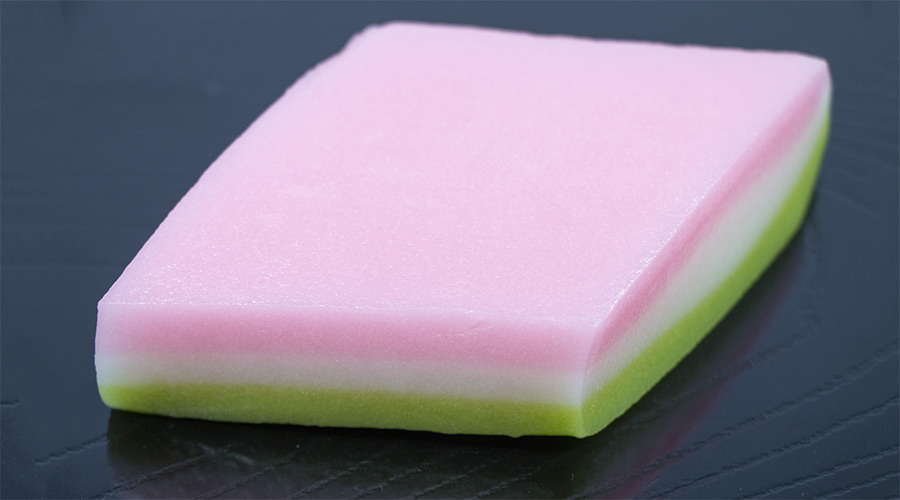
Hishimochi is a symbolic colorful rice cake associated with Hinamatsuri and often accompanies “hina ningyo.” It is rhomboid in shape and is typically made up of three layers, pink (formerly red), white, and green. Depending on the region, the pink can be substituted for yellow, or the cake can have up to five or seven layers.
It is believed that the shape arose in the Edo period, as a representation of fertility, since the trapa japonica “hishi” is shaped like a rhombus, grows and spreads over the surface of the water, hence the meaning that it leads to “prosperity of descendants” and “longevity”.
7. Hina-arare “Rice hail”
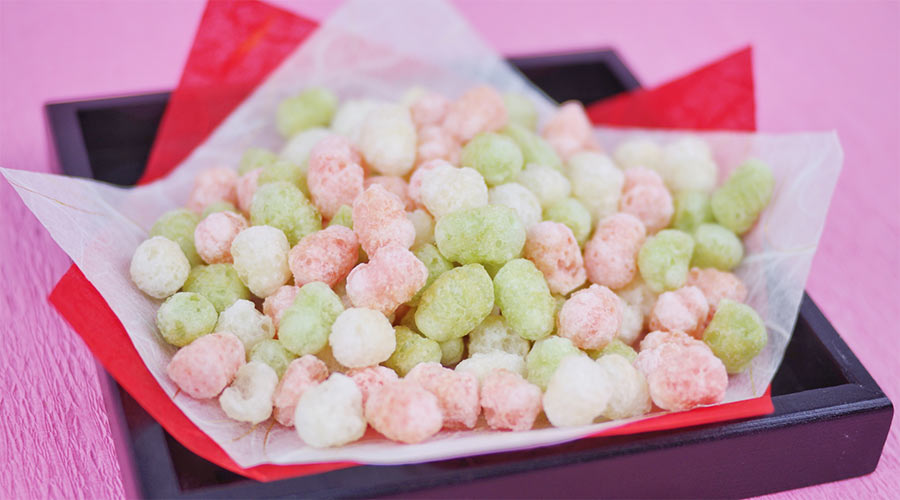
Hina-arare are small pink, white and green crispy rice balls, shaped like a flower or snowflakes, sometimes sweetened with sugar.
8. Chirashizushi
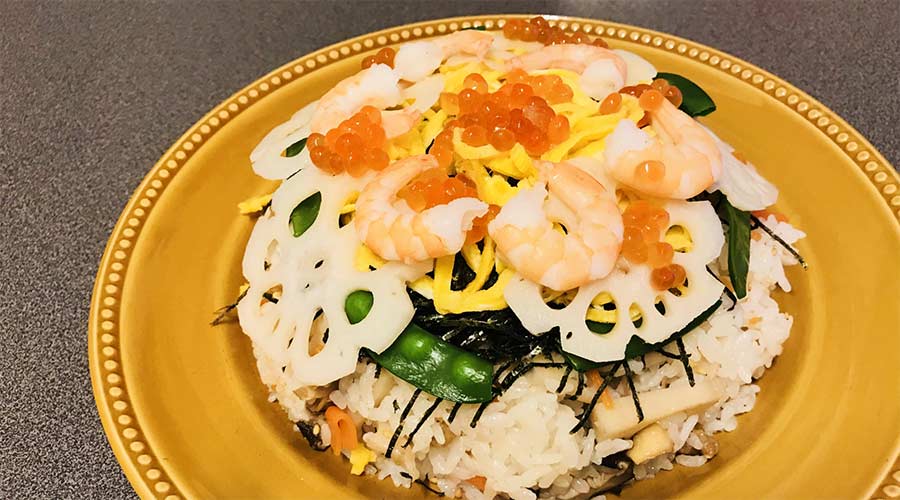
Chirashizushi is a classic Japanese dish consisting of pieces of sashimi, prawns or shrimp, lotus root, beans, and other ingredients that is put on top of cooked rice and seasoned with vinegar (sushi rice). It comes from the Japanese word “chirasu”, which means “to spread”, hence the ingredients of this dish are spread over the rice.
Some of the ingredients have peculiar meanings, for example; Shrimp (pray for longevity until the waist sags), lotus root (so you can see ahead), beans (so you can work diligently and healthy).
9. “Hinamatsuri” in their own way
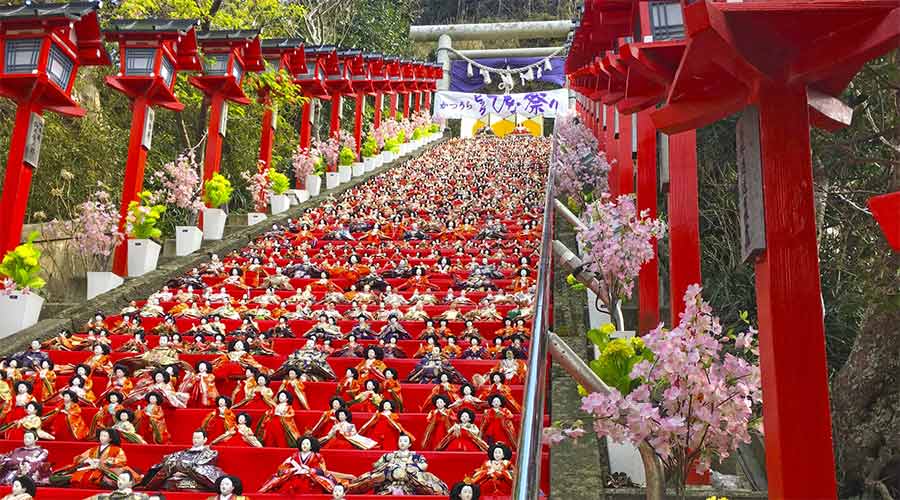
With the passing of time, it seems that people are beginning to enjoy “Hinamatsuri” in their own way, from beautiful dolls to simple origami, or just to enjoy seasonal dishes.
| Recommended Products
Written by D Armando
Translated by A. Osorio
The information in this article was current at the time of coverage and writing.
・・・ todonavi ・・・

